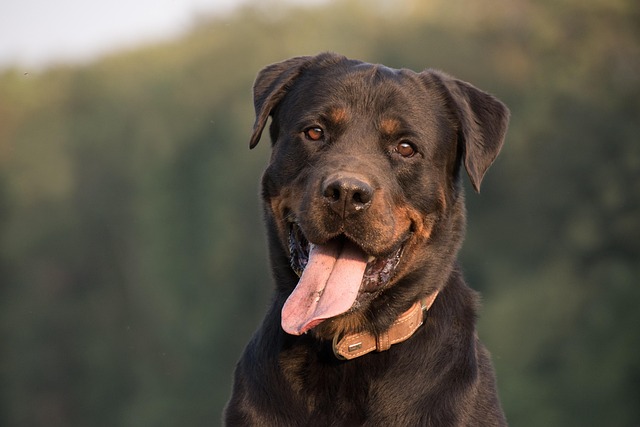
How hard is it to potty train a yorkshire terrier?
Bringing a Yorkshire terrier home fills your life with tiny paws and boundless energy, but the journey of potty training often comes with its fair share of challenges.
The first time your dog plops down on command feels like pure magic. That simple “sit” isn’t just a party trick—it’s a gateway to safer walks, calmer greetings, and a deeper bond. But picking the right moment to start training can make all the difference. Too soon, and it’s like teaching a toddler calculus; too late, and you’re battling years of ingrained habits. Let’s dig into the sweet spots for every life stage.
Puppies between 8 - 10 weeks are a whirlwind of curiosity, but their tiny brains overload quickly. Think of this as the “sensory exploration phase.” You can introduce the concept of “sit” through play, using a soft voice and a tiny treat. Crouch down, show them the reward, and gently nudge their rear end as you say the word. Keep sessions under 3 minutes—this is about building trust, not mastering the command.
At 12 - 16 weeks, something clicks. Puppies now have better impulse control and can focus for short bursts. This is when formal training shines. Hold a high-value treat—like a piece of cooked chicken—above their nose, slowly moving it back until their bottom hits the floor. The moment it does, celebrate like they just won a doggy Olympics! Repeat 10 times a day, and you’ll see progress faster than you can say “fetch.”
 Adult dogs, even those with a past, are far from set in their ways. Rescue dogs or older pets respond amazingly to positive reinforcement. Just adjust your approach. If they have joint stiffness, avoid luring them down—instead, pat your thigh and guide them gently. Many shelters offer free training resources, helping you stay within local animal welfare guidelines while bonding with your new family member.
Adult dogs, even those with a past, are far from set in their ways. Rescue dogs or older pets respond amazingly to positive reinforcement. Just adjust your approach. If they have joint stiffness, avoid luring them down—instead, pat your thigh and guide them gently. Many shelters offer free training resources, helping you stay within local animal welfare guidelines while bonding with your new family member.
Outdoor training comes with its own rulebook. In crowded parks or busy sidewalks, a solid “sit” command can prevent trouble. Always leash up in areas that require it—loose dogs not only risk getting hurt but can also violate local ordinances. Some neighborhoods even offer “obedience trails,” where you can practice commands while respecting shared spaces.
Distractions are the ultimate test. Start by training near a gently ticking clock or a soft radio. As your dog gets better, move to busier spots. But if they seem overwhelmed, take a step back. Remember, safety trumps speed. In some regions, training in public requires keeping your dog within a certain distance of others, so a reliable “sit” helps you stay compliant.
Training is a two-way conversation. Use “sit” as a signal for calm moments—before meals, before opening the front door, or when guests arrive. Every successful “sit” isn’t just a command fulfilled; it’s a moment of understanding. Celebrate with scratches behind the ears, a favorite toy, or an extra-long belly rub. With time, that simple command will become the foundation of a lifetime of harmony.

Bringing a Yorkshire terrier home fills your life with tiny paws and boundless energy, but the journey of potty training often comes with its fair share of challenges.

Imagine walking into your Houston home to find your rescue pit bull, Rocky, growling over a chewed shoe, hackles raised as you approach.

Imagine your squishy 9-week-old Labrador, Daisy, tumbling after a fallen Cheerio in your Chicago kitchen. You chirp, "Daisy, come!" – and those little paws scramble toward you

Imagine this: You’re at a sun-dappled park in Denver, waving a frisbee and calling your Australian shepherd, Zara, but she’s too busy sniffing a patch of grass where a squirrel paused minutes ago.

Picture this: you're at the local park, your new Labrador pup, Buddy, spots a fascinating squirrel. You call his name with growing urgency

Your heart leaps as your 4-month-old Golden Retriever, Cooper, locks onto a discarded chicken wing during your Brooklyn sidewalk stroll – milliseconds from a dangerous snack.